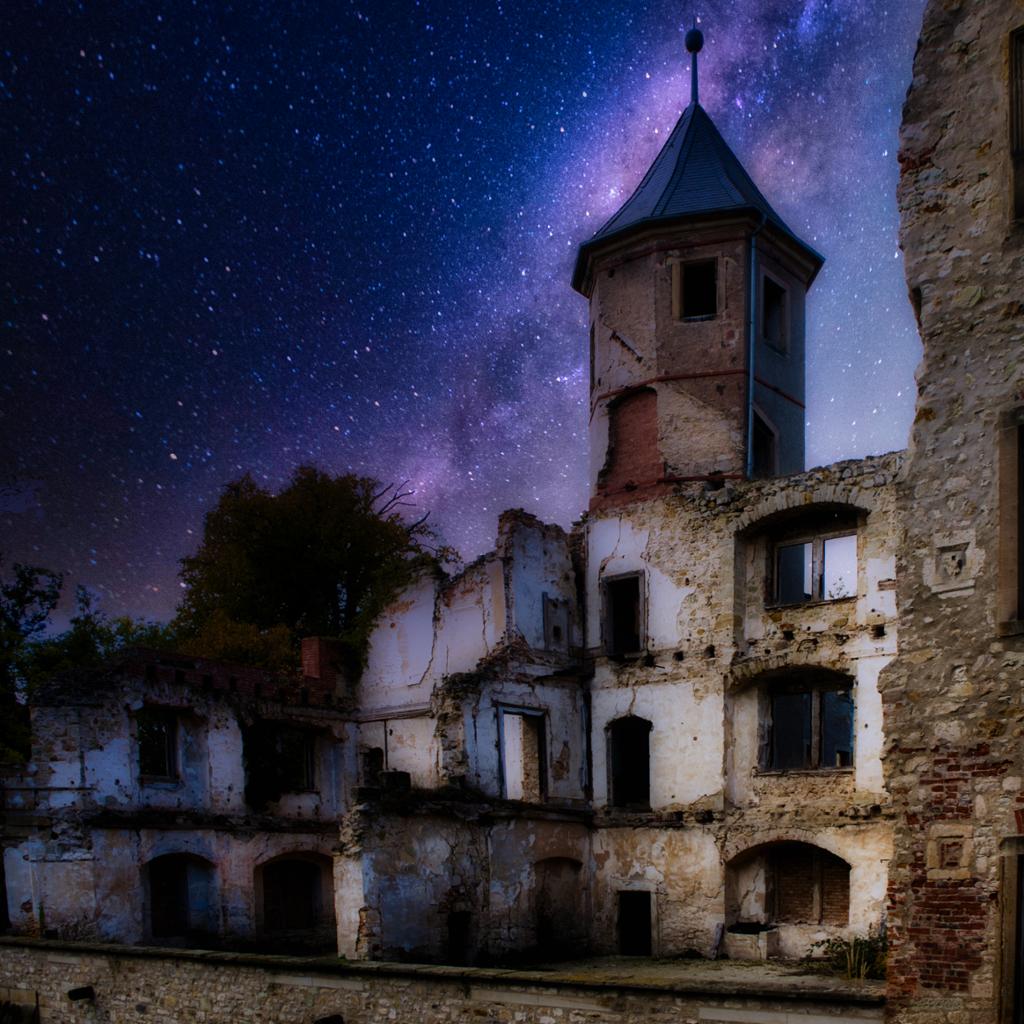Write a Gothic Short-Story

Read a Gothic short story before you write your own. In 'Relatert Innhold' you will find The Tell-Tale Heart by Edgar Allan Poe, which is a good example of the genre.
While you read, think about how the author is able to create suspense and what it is that makes this a Gothic short story.
Look for some or all of the following: fear, physical and psychological horror, mystery, supernatural phenomena, ghosts, monsters, haunted buildings, castles, darkness, death, doppelgangers, insanity, secrets, graveyards, doubles, and curses.
Use the chart to plan your short story. Make sure you understand what characterises the Gothic genre before you begin.
Element | Explanation |
|---|---|
Title | Needs to be relevant, original, and captivating |
Plot elements | Your story needs to have the following five plot elements:
|
Characterisation | Your characters need to be well developed and should have thoughts and feelings. Show the reader who the characters are by describing what they say, do, how they look, and so on. |
Use of Gothic elements | You should include as many elements as possible to ensure that your short story becomes an example of Gothic literature. Some elements are:
|
Use of literary devices | Foreshadowing, similes, metaphors, symbols, repetition etc. |
Point of view | Make sure you use the same point of view consistently. In longer texts, it is OK to switch between different points of view, but in a short story, it is best to stick with the same point of view throughout. |
Relatert innhald
The Tell-Tale Heart is one of Edgar Allan Poe's most famous short stories,